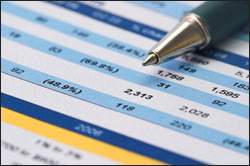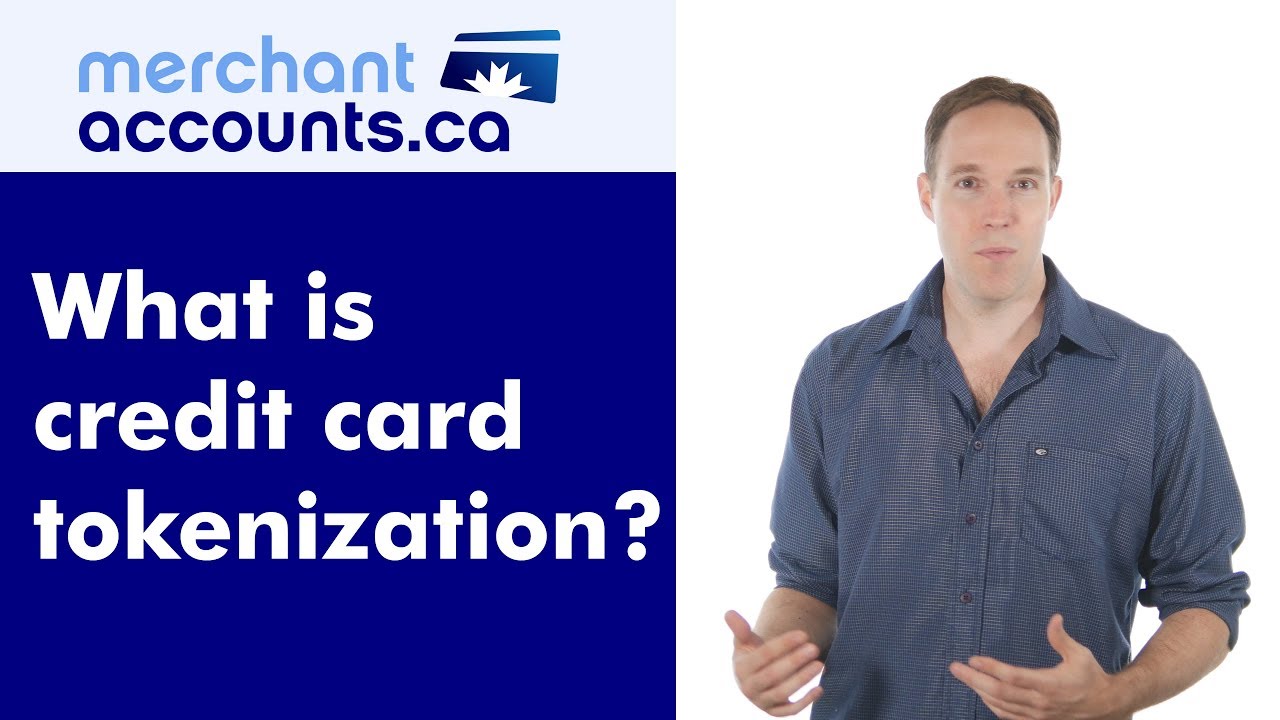How to analyze your credit card processing statement to see what you're really paying
September 15, 2011
by Cameron Wilson
Key Takeaways
1
Statements are hard to read
The best method for determining your cost, as described in more detail below, is to divide the total fees that you've paid into your gross monthly processing volume. This will give you an average (effective) discount rate.
2
Why are statements so hard to read?
There are many card types, and many pricing models. Some statements are more confusing than others. Your fees should be clearly disclosed, and with that you can work out your average discount rate.
3
Reduced PCI scope
Merchants using virtual terminals can reduce their PCI scope by not storing sensitive payment data on their systems.
Need help with this topic? Or a rate quote?
Whether its questions about this article, or you want to see how we can lower your costs. Don't hesitate to contact us.
If there is one thing that really bothers me about the credit card processing industry, it is when a company entices a customer with a very low rate, and then works a myriad of hidden fees into the statement so that the customer ends up paying substantially more than they were led to believe. This is a classic pricing trick in the industry.

Before digging into the gritty details, I hope that it goes without saying that at Merchant Accounts.ca we don't do this. For 10 years our tag line has been clear and honest pricing. We've worked hard to build our brand, and being known as a merchant friendly processor has been paramount to our success. It's why as a company we take this topic very seriously. When reading this article you should understand that this is not meant as an attack on any processor. We are not the only honest processors in Canada. There are a bunch of hard working and honest folks working in Canada's payment industry.
Unfortunately, there are also companies out there that do pricing tricks all the time. In particular, it seems to be companies that run large call centers. They seem to play a numbers game where if you call enough people, some folks will bite without really understanding what is being offered, and that is when hidden fees are snuck in.
As a competing processor, all we can do is educate and inform merchants of these problems, and hopefully help them to prevent it from happening to them.
How do they get away with it?
There is one overriding reason why pricing tricks happen frequently: a significant number of merchants don't scrutinize their monthly processing statement after they are funded for their transactions.
For the sake of mentioning it, I speak to merchants almost every day who think they have very low rates. When I take a look at their statement (after a little number crunching) I discover that they are often paying nearly double what they had thought they were.
If you grabbed a $2 loaf of bread off the shelf at your local grocery store and it scanned through as $4 at the cash register you would immediately know something was wrong. Unfortunately if a credit card processor quotes you 2% and then charges you 4% on your monthly statement, many people don't even notice.
I will admit that a processing statement can be confusing. However, there are a few relatively simple techniques to figure out the actual rate, or what I like the call the "end-of-the-day" rate that you are actually paying. I will try to help you to understand how to get to the bottom line.
Most modern statements will break down your processing fees by credit card type (whether it is Visa or MasterCard). Within this there are usually sub sections and different rates for each card type. (swiped, keyed, rewards/airmiles and corporate cards). Then you will have assessments and card brand fees from the card associations. Finally, there are non-qualified charges, monthly fees, etc.
Thankfully you don't have to get that granular. In fact, for the purpose of a statement overview, you don't have to pay much attention at all to all the different breakdowns. Keep in mind that it is certainly possible to break a statement down on a very granular basis, and doing so is often a good idea. However, if you simply want to get at the bottom line to figure out what you are really paying, the calculation is quite simple to complete.
How to determine your effective discount rate
There are only two pieces of information you need to get a good indication of what your actual credit card processing rate is.
| 1. | You need to know the total amount of credit card sales you processed during the entire month (for the entire statement period). | ||
| 2. | You need to know the total amount of fees that you were charged. | ||
All you need to do is divide the total amount of fees you were charged into the total credit card sales that you processed.
For example say you were charged a total of $940 last month and you processed $30,000 in credit card sales.
$940 ÷ $30,000 = 0.0313. ← Then take the result and times it by 100.
0.0313 x 100 = 3.13%
That means that you paid an average of 3.13% on all of your credit card transactions for the month. This may be a little bit off because of additional costs such as monthly fees, etc. However, it gives you an immediate point of reference for your actual processing rate.
If you want to get a little more accurate you can subtract off a few of the fixed fees before doing the calculation. For example, if your monthly fee was $40, you could deduct the $40 from the amount you paid in fees before doing the calculation. For example:
($940 - $40) = $900 (minus the monthly fee)
$900 ÷ $30,000 = 0.03 (divide fees into total transaction volume)
0.03 x 100 = 3% (turn the result into a percentage)
This is a very accurate representation, showing that you paid an average rate of 3% per transaction, plus a flat monthly fee of $40.
If you want to get a little more detailed, once you understand the process you can break this down on a granular level by card type. For example, you can easily figure out the cost of your average Visa transaction compared to your average MasterCard transaction simply by taking the totals for each and dividing them by the amount charged for each specific card type.
We will create an example where a merchant has processed:
$20,000 in Visa and were charged $550 in fees
$10,000 in MasterCard and were charged $350 in fees.
Visa: $550 ÷ $20,000 = 0.0275 x 100 = 2.75%
MC: $350 ÷ $10,000 = 0.035 x 100 = 3.5%
By digging a bit deeper, in this example we were able to see that this merchant paid an average of 2.75% for Visa transactions and an average of 3.5% for MasterCard transactions.
As you can see the math is very simple, and all of the discount rates, non-qualified fees, card brand fees, assessments, foreign transaction, and other miscellaneous fees can be ignored. All you need to know is the total amount you processed, and the total amount in fees that you were charged. With this you can quickly and easily figure out what your effective credit card processing rate is.
Because of privacy rules I cannot post actual processor statements up here as real world examples. However, if you would like help breaking down your credit card statement I will be happy to help. Just call our support line at 888-414-7111 (my extension is 3), or send me an email to cameron.wilson@merchant-accounts.ca.
I hope that helps demystify processing statements (at least a little bit), and gives you more control and confidence when trying to determine what rate you are paying to your payment processor.
Related Topics
July 05, 2018
Credit card tokenization can lower your processing costs and improve the security of your business. Even though it's easy to setup many business owners do not understand what credit card tokenization is or how it works.
May 07, 2019
If your business takes orders over the phone, online, by fax - or basically in any way where the customers is not physically present, then a virtual terminal will be less expensive than traditional POS equipment.
Learn How To Lower Your Credit Card Processing Fees
If you haven't reviewed your processing costs in a while take a moment to view our rates.
View Rates




